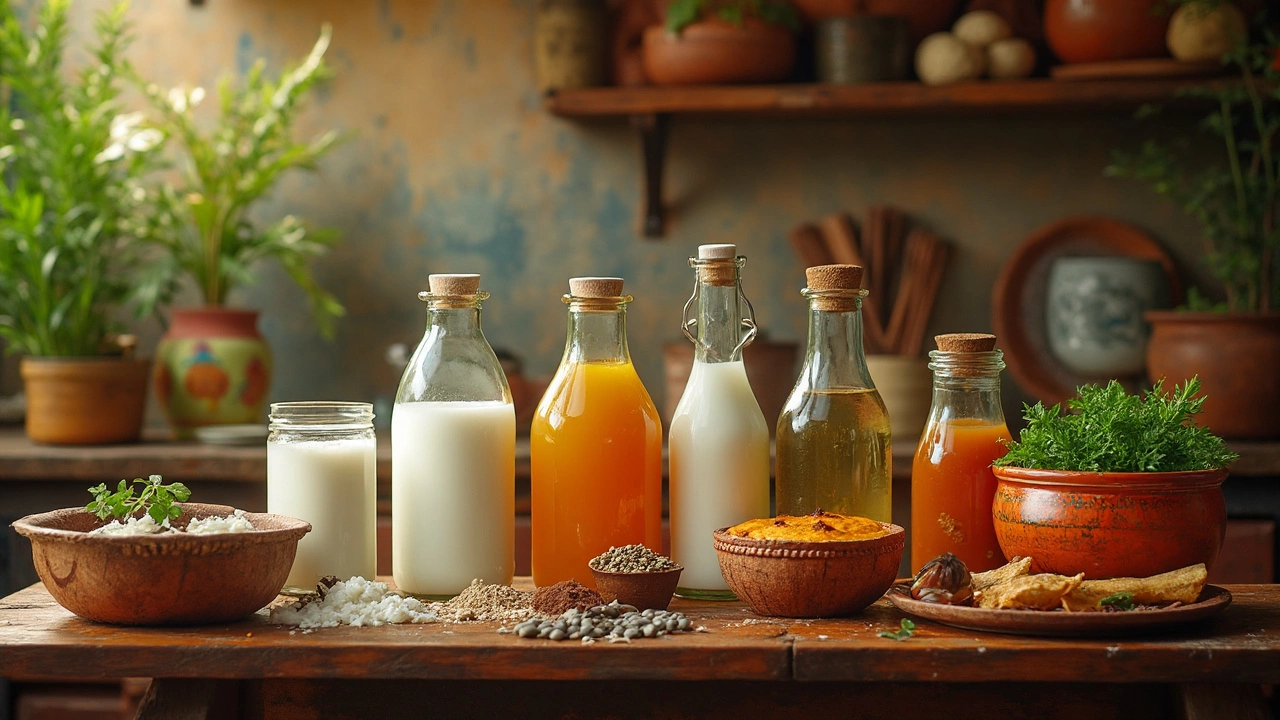Curry Making Made Easy: Simple Tips for Tasty Indian Curries
Ever stared at a pot of bubbling sauce and wondered why it never tastes like the restaurant version? You’re not alone. The good news is that a great curry isn’t a secret reserved for chefs—it’s a mix of a few clear habits and a bit of common sense. Below are the must‑know moves that turn a bland pot into a flavor bomb.
Start with Fresh Spices, Not Jarred Mixes
Whole spices like cumin seeds, mustard seeds, and black peppercorns keep their punch longer than pre‑ground powders. Toss them in a hot oil (the classic "tempering" step) and let the aromas pop. This quick burst releases essential oils that give your curry its backbone. If you must reach for a ready‑made masala, choose one that lists real spices first and avoid extra salt or preservatives.
Layer Flavors, Don’t Dump Everything at Once
Think of curry as a sandwich: you want a solid base, a tasty middle, and a finishing touch. Start with onions, ginger, and garlic—sauté until they turn golden. Add the dry spices, stir for a minute, then pour in tomatoes or yogurt for acidity. Let the mixture simmer before throwing in the main protein or veggies. Finally, finish with fresh herbs like cilantro or a squeeze of lime to brighten everything.
Timing matters. Over‑cooking tomatoes makes the curry sour; under‑cooking them leaves a raw taste. A good rule of thumb is to simmer the tomato‑spice blend for 5‑7 minutes before the next ingredient joins the party.
Don’t forget the “fat factor.” A splash of ghee, coconut milk, or even a dollop of plain yogurt adds richness and helps the spices stick to the food. If you’re watching calories, use a little less fat but don’t skip it entirely—flavor suffers without that silky coating.
Adjusting heat is another easy win. Start on medium, then lower the flame once the spices are fragrant. A gentle simmer allows flavors to meld without burning the bottom. If the sauce thickens too much, add a splash of water or broth; if it stays runny, uncover the pot and let it reduce.
Now, a quick troubleshooting cheat sheet:
- Too bitter? Add a pinch of sugar or a dash of cream to balance.
- Missing depth? Stir in a few crushed cardamom pods or a small piece of cinnamon stick.
- Too salty? Toss in extra veggies or a splash of coconut milk to dilute.
When you’re done, let the curry rest for five minutes before serving. This pause lets the spices settle, making each bite more harmonious.
Pair your curry with the right side: fluffy rice, soft roti, or even quinoa if you want a twist. A simple cucumber raita cools the heat and adds a creamy contrast.
Bottom line: great curry comes from fresh spices, layered cooking, and a few small adjustments along the way. Try these steps next time you fire up the stove—you’ll be amazed at how quickly your home‑cooked curry catches up with the best takeout.
Best Liquids to Enhance Your Chicken Curry
Explore the variety of liquids you can use in chicken curry to elevate its taste and texture. Learn how common additions like coconut milk and yogurt affect the overall dish and discover less-known options for those adventurous cooks. This guide uncovers the impact each liquid has on flavor and consistency, ensuring you make a delicious curry every time.
